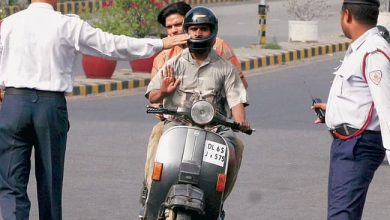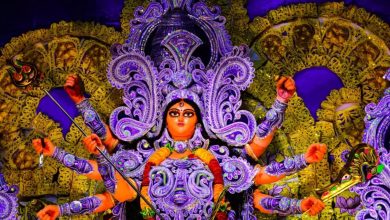As we celebrate the day of ‘Baisakhi‘ today the 101st anniversary of the ‘Jallianwala Bagh massacre‘ also haunts us. Today when an invisible enemy in face of ‘COVID-19’ is killing us that day decision of a man took lives.
The 13th April 1919 marked the darkest day of ‘British Rule in India’. Hundreds were killed and over a thousand were injured. They were women, innocent children, and common men. They all gathered to celebrate the parv of ‘Baisakhi’ and peacefully discuss their actions for the freedom struggle.
Trying to take you down to that fateful day we look at the sequential timeline of the day as it unfolded in Amritsar’s ‘Jallianwala Bagh’.
The Eve Before 13th April 1919
It was the time when World War 1 was just over. The deadly ‘Spanish Flu’ was also hitting the world hard. To prevent any upsurge in India the ‘British government’ rolled out the ‘Rowlatt Act‘. The act called for detention without a warrant. In Amritsar police arrested and deported two local national leaders, Dr. Satyapal and Saifuddin Kitchlew.

People of Amritsar decided to gather at Jallianwala Bagh tomorrow that is 13th April 1919 to celebrate Baisakhi, and peacefully protest the arrest. It was to be any other gathering or ‘mela’ in India.
Gathering That Day
As decided people gathered at 9:00 on the morning of 13 April 1919 for the ‘Baisakhi’ Mela. Men, women, and children all gathered at the iconic ‘Bagh’. The peaceful protest was also organized as in response to the arrest.

The Jallianwala Bagh which had just a single narrow opening for ‘inside’ and ‘outside’ movement was packed that day.
The Butcher Of Amritsar
The ‘Butcher of Amritsar’ Brigadier-General Reginald Dyer banned all kinds of gatherings days before 13th April. He anticipated a mass upsurge. On 13th April when people gathered for ‘Baisakhi’, he was furious over their actions.

The ‘Butcher’ then asked his heavily armed troops to block the ‘only entrance’ and ‘exit’ passage of the ‘Bagh’. Without giving the crowd any warning he ordered his men to open fire on a ‘civilian crowd’. His 90 soldiers fired 1,650 bullets killing around 400 hundred people and injuring around 1,200.

Also Read: As Delhi-NCR Was Hit With A ‘Mild Earthquake’ Yesterday, ‘Meme Quake’ Hit Social Media

Children and Women were also killed. People ran here and there to save their life. Many jumped into the well in the ‘Bagh’. The action got highlighted worldwide and General Dyer was on target.
Praises Of The Butcher
While Indian leaders like ‘Mahatma Gandhi’ and the world saw ‘Dyer’ as a butcher, the murderer of innocent and killer the British parliament praised his act. He was lauded for his actions in Britain and became a hero among many who were directly benefiting from the British Raj, such as members of the House of Lord.

Dyer also never apologized for his act. Till his death, he never accepted that he was wrong. Along with Dyer Michael O’Dwyer, the Lieutenant-Governor of Punjab at the time was also responsible. Dwyer was the ‘main culprit’. He approved Dyer’s action and was believed to have been the main planner.
The Revenge
21 years later the ‘eye witness’ of the ‘massacre’ who himself was injured that day served justice for the act. On 13 March 1940, at Caxton Hall in London, Shaheed Udham Singh, shot Michael O’Dwyer.

His killing of ‘Dwyer’ was praised across the country. Singh became a ‘national hero’ overnight. The Shaheed-i-Azam Udham Singh was hanged for the murder on 31 July 1940.



